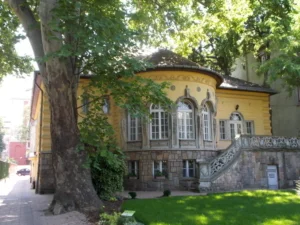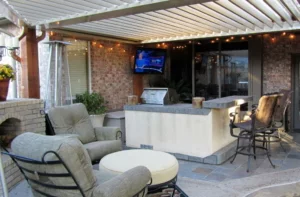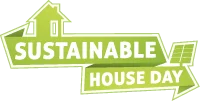Sustainable House Design for Climate Zone 1
Sustainable house design is gradually becoming a key research topic, as people keen to learn some useful techniques to build or renovate their homes. In such a way, energy bills and indoor thermal discomfort can be significantly reduced. Whilst doing research, it is important to note that sustainable house design considerations may vary according to the climate zone you are in.
Eight Climate Zones
Australian Climate Zones, defined by the Building Code of Australia (BCA), are eight zones that have special climatic features. In each zone, the building design and construction requirements are different. This is due to distinct local geographic features, such as wind patterns and sea level elevation. Below summarizes the climactic features of each zone and the corresponding cities within that zone.
Zone 1 climatic features: high humidity summer, warm winter
Cities within zone 1: Exmouth, Broome, Wyndham, Katherine, Darwin, Weipa, Cooktown, Cairns, Townsville
Zone 2 climatic features: warm humid summer, mild winter
Cities within zone 2: Mackay, Rockhampton, Maryborough, Brisbane and Coffs Harbour
Zone 3 climatic features: hot dry summer, warm winter
Cities within zone 3: Carnarvon, Newman, Tennant, Creek, Mount Isa, Alice Spring, Longreach and Charleville
Zone 4 climatic features: hot dry summer, cool winter
Cities within zone 4: Yalgoo, Warburton, Coober Pedy, Kalgoorlie-Boulder, Bourke, Tamworth, Broken Hill, Mildura, Albury-Wodonga
Zone 5 climatic features: warm temperate
Cities within zone 5: Geraldton, Perth, Bunbury, Esperance, Eucla, Ceduna, Whyalla, Adelaide, Wollongong, Sydney and Newcastle
Zone 6 climatic features: mild temperate
Cities within zone 6: Albany, Melbourne
Zone 7 climatic features: cool temperate
Cities within zone 7: Ballarat, Canberra, Launceston and Hobart
Zone 8 climatic features: alpine
Cities within zone 8: Central Tasmania
Climate Zone 1
Climate zone 1 spreads out across the north part of Australia. As this zone is near the Earth’s equator and along the sea line, it has a moderate to high temperature, and high humidity all year round. To reduce overall energy use, it is important to maximize the cooling effect in your house to increase thermal comfort. Some passive sustainable house design elements that can be considered in your home are listed below:
Orientation
- Orientate the building to the position with optimal cooling breezes
- Plant tall trees on north facing aspect to provide shade

Windows and Shading
- Windows and walls should be shaded
- Extend eaves for south facing roof
- Install low solar heat gain coefficient glazing
- Install fly roof for the building if possible
- Use heat reflecting glass windows
- Shade the outdoor living area

Insulation and Ventilation
- Use well insulated internal wall surface to avoid external heat transferring into the house
In free running buildings (that is buildings without air conditioning)
- 100% openable windows
- Install ceiling fan in each room
- Install whirlybird ventilators on the roof if possible
- Locate sleeping space in lower floor levels
- To avoid radiant heat, use surface materials with least thermal mass in each bedroom
- Do not use bulk insulation to ceiling and wall
In conditioned buildings (that is building with air conditioning)
- Use highest energy rated conditioning appliances to maximize the energy efficiency
- Seal off conditioned rooms to avoid heat gain
- Use heat insulating glazing to avoid heat gain or cooling loss
Construction Materials
- Use lightweight (low mass) construction material
- Finish the building façade with light colored reflective materials
- Use building materials and structures that can withstand cyclonic conditions
Resources:
YourHome:
http://www.yourhome.gov.au/passive-design/design-climate
Australian Building Codes Board:
https://www.abcb.gov.au/Resources/Tools-Calculators/Climate-Zone-Map-Australia-Wide

